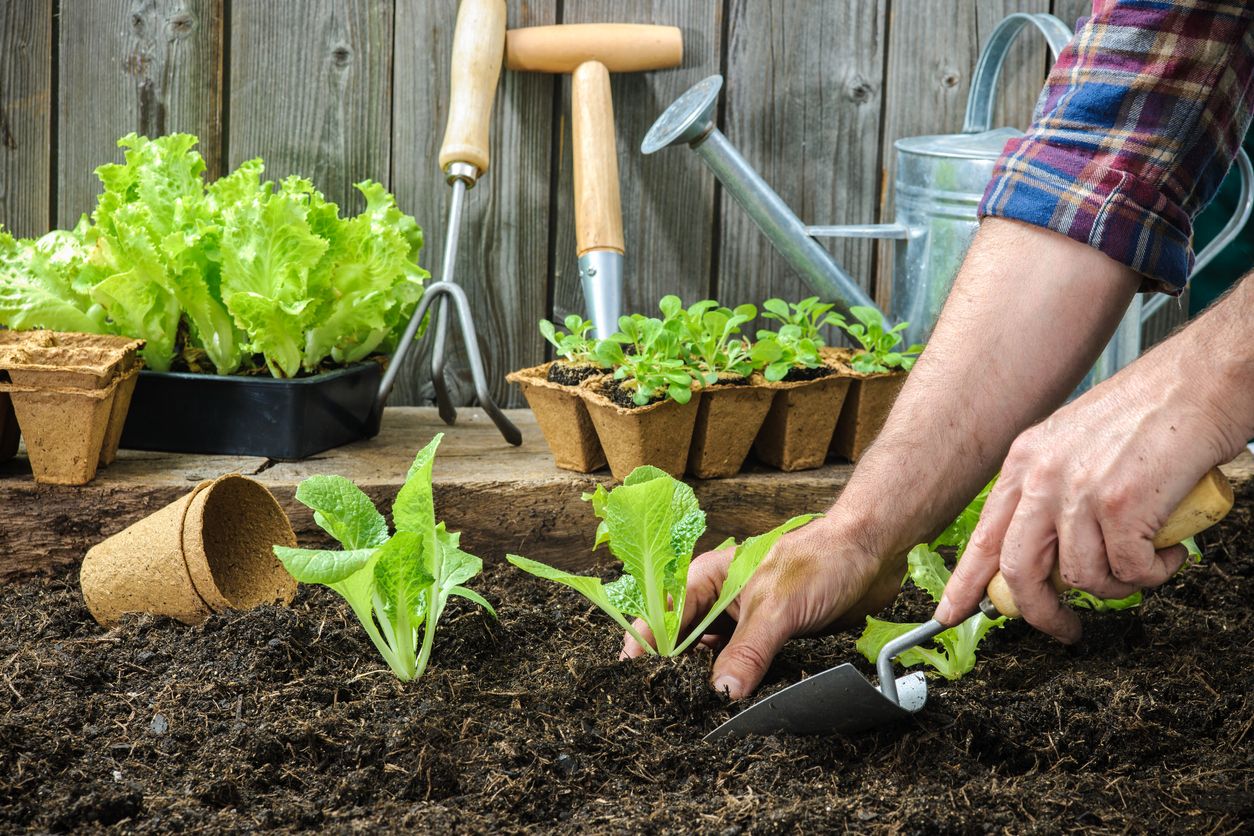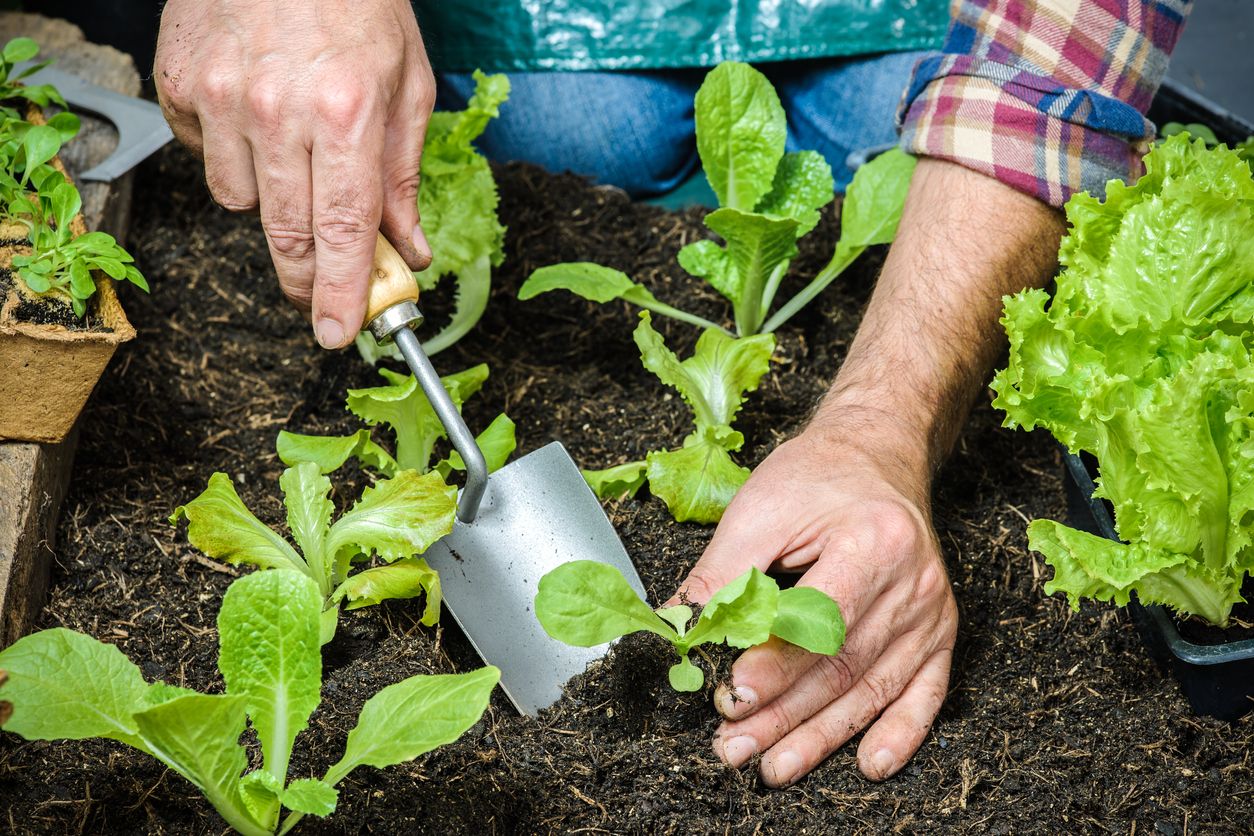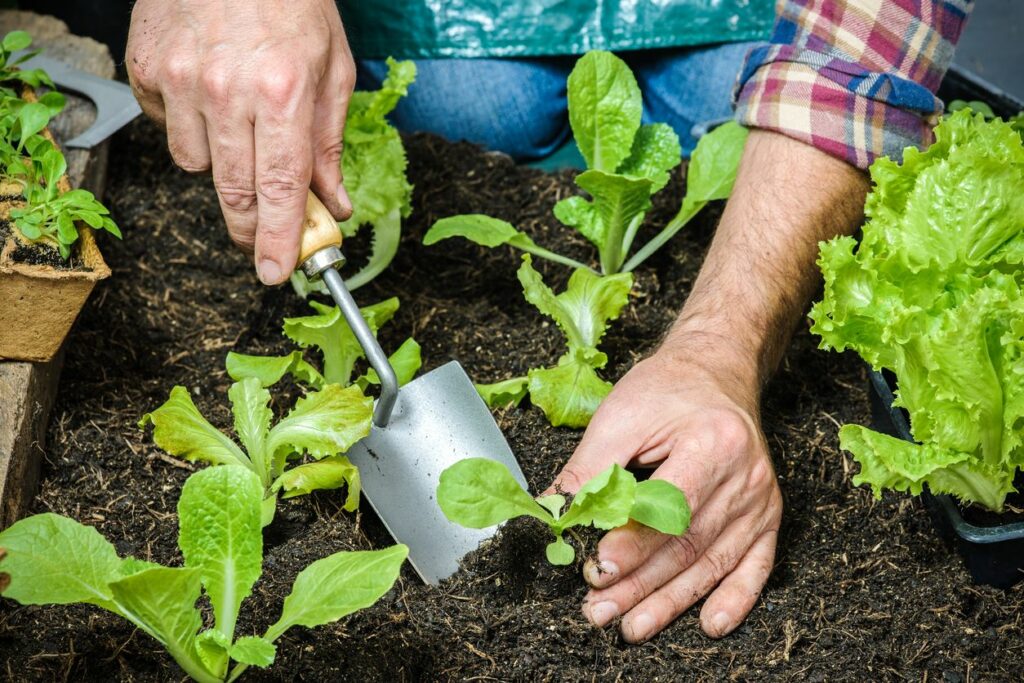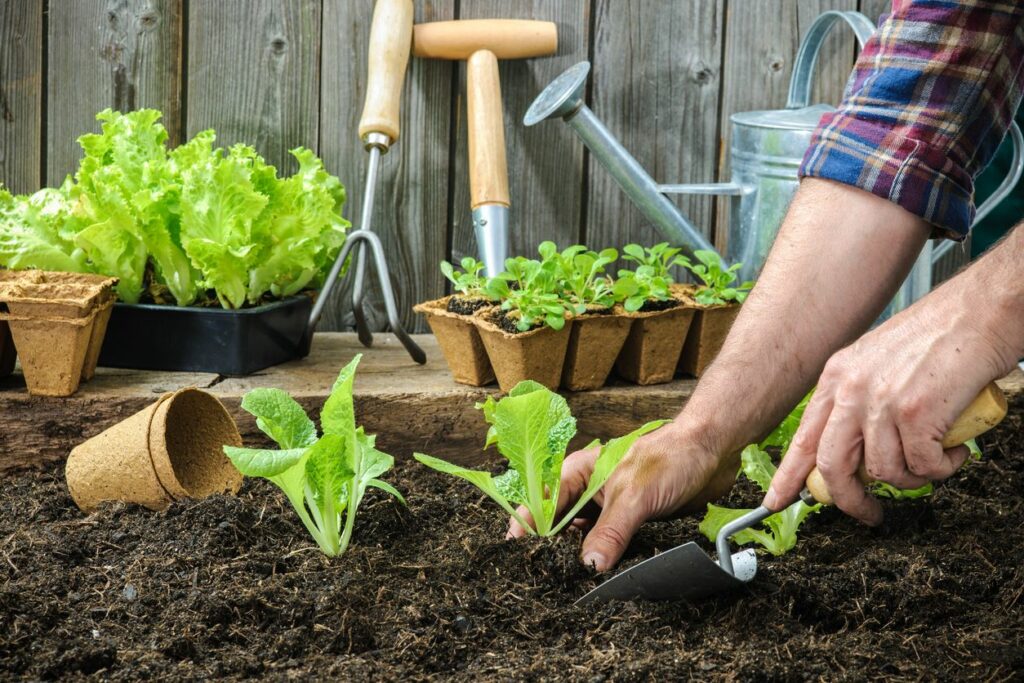Summer Crisp Lettuce Care – How To Grow And Harvest Batavia Lettuce
Summer crisp lettuce is the answer for all those gardeners who have trouble growing lettuce in hot weather. Usually, lettuce seeds cannot germinate in temperatures above 86 degrees Fahrenheit. So when you find a juicy and sweet lettuce variety that can tolerate high temperatures and is edible at all stages of its life, why wouldn’t you give it a try in your vegetable garden?
Succulent and crisp as romaine lettuce but without the bitterness, summer crisp lettuce is a sweet addition to every vegetable garden. If lettuce is your go-to snack on a hot summer day, then you’d want to give this crisp variety a try. It doesn’t require much work to get it started, and with adequate fertilizing, you’ll have enough crop to keep your fridge stocked with juicy lettuce all summer long.
What is Summer Crisp Lettuce?
As the name implies, summer crisp lettuce is the type of lettuce that you can grow in the summer months when the high temperature makes it almost impossible for normal lettuce seeds to germinate. As a hybrid, summer crisp types are more tolerant to sudden increases in temperature or changes in the day length that are common in hot zones.
But that’s not the only quality that makes this lettuce hybrid so popular. It has a crisp texture and lacks the regular bitterness that most underdeveloped leaves have. Whether you harvest the baby leaves or the mature heads, summer crisp lettuce tastes great in salads.
If you have grown lettuce before you probably know only too well the different types of diseases that afflict the crop. From tip burn and bottom rot to bolting where the lettuce produces a central stalk carrying seeds as the leaves become bitter. However, summer crisp lettuce is almost immune to all of these common lettuce problems.
This hybrid starts as loose-leaf lettuce. But with adequate feeding, it develops into a compact and dense head. The more you leave it in the soil, the crisper the inner leaves get. Still, if you prefer to eat the leaves when they’re tender and succulent, baby summer crisp lettuce leaves are ready to harvest as soon as they reach a few inches tall.
Summer Crisp Lettuce Varieties
The best thing about hybrids is that there are so many of them. Once horticulturalists stumble into a cross-breed that works, they start developing a new cultivar and another. Before long, we have so many cultivars to choose from that compete in their resistance to diseases and hot weather tolerance. Here are some of the most popular summer crisp lettuce varieties.
- Muir: A popular variety with high resistance to several lettuce diseases especially bolting. The wavy leaves open up quickly but soon grow into a dense and succulent head. It grows well in zones 1 to 9 and the light green leaves are crisp and packed with flavors.
- Cherokee: The leaves of this hybrid are dark red and almost brown. The mature head has thick but crisp leaves with a good flavor. It has a high resistance to bottom rot and bolting. You can grow it in zones 5 to 6 with great results.
- Magenta: Similar to Cherokee although the leaves are mainly green with a red tint around the edges. The glossy leaves are puckered with a mild flavor that both baby and mature leaves maintain for a long time after harvesting.
- Fusion: As the name implies, this hybrid is a cross-breed between romaine and green-leaf. The result is a mouth-watering crisp variety with sweet flavors. The plant grows upright with high resistance to corky root. The leaves have a higher count per head than other cultivars.
- Concept: This hybrid has a more open head that is reminiscent of the more traditional lettuce varieties. The leaves wrap themselves tight at the stem around the head but then open up in a whorl shape very much like a floral arrangement. The thick leaves are crisp, juicy, and lack the usual bitterness one gets from either romaine or green-leaf varieties.
- Nevada: The heads of this variety are closed and dense and the thick leaves wrap themselves tight around them. You’ll get a good crop in the early spring and summer. It too resists bolting, bottom rot, and tip burn better than other lettuce species.
How to Grow Summer Crisp Lettuce
As is the case with many vegetables, the best way to start your summer crisp lettuce is from seeds. Luckily the seeds of this hybrid are easy to come by whether from reputable local stores and nurseries or online. Here’s how to grow summer crisp lettuce in your garden from seeds in easy steps.
- Start the seeds indoors if you want to have an early crop. Otherwise, you can start it after the last frost in your garden.
- Pick a sunny spot in your garden that gets at least 6 hours of sunlight every day. It should be sheltered from strong winds.
- Till the soil and remove any debris or pebbles in the area since they interfere with the seed germination.
- Make sure to change the spot year after year to prevent the spread of lettuce diseases.
- Give the seeds the water test to eliminate damaged or rotten seeds.
- Sow the seeds in the soil at shallow depths. The seed shouldn’t be any deeper than a quarter inch in the soil since it needs light to germinate.
- Cover the seeds with a thin layer of soil and water immediately.
- After the seeds germinate, wait for the seedling to have at least 3 leaves before you thin out the plants.
- Space the remaining seedlings out allowing up to 16 inches between each plant to improve ventilation and prevent competing over resources.
- To control aphids and other pests, you can grow rows of garlic alongside the lettuce seedlings.
Summer Crisp Lettuce Care
Summer crips lettuce requires a lot of care, especially since it grows in the hot summer months where pests and diseases thrive. However, with proper care, good watering habits, and the right amounts of light and fertilizer, your lettuce crop will grow and thrive.
Soil
Your summer crisp lettuce loves loose and well-drained soil much like many other vegetables. Before you sow the seeds, give the soil the fist test. Grab a handful of soil and close your hand firmly over it. If the soil turns into a clump, then it’s too heavy for the lettuce to grow. Add portions of perlite and coarse sand until you achieve the right texture. The soil should be neutral with pH levels hovering around 6.0 for best results. Slightly acidic soil won’t impact the growth or the flavors of the lettuce much either. Don’t plant this lettuce in the same soil two years in a row to avoid common diseases.
Light
Unlike other lettuce species which are susceptible to diseases as a result of sunlight exposure, summer crisp lettuce craves the sun and thrives under the sunlight. Make sure the spot you choose faces either the west or south to get the best sunlight of the day. You don’t have to worry about your lettuce getting burnt tips. This hybrid has a high tolerance to these diseases. As long as the lettuce doesn’t get shade, it will grow successfully.
Watering
You’ll need to maintain moist soil throughout. Don’t overwater the plant since bottom rot is a common problem with lettuce. The type of soil usually affects how much water your plant needs. Heavy soil that retains water will spell trouble for summer crisp lettuce. So water lightly and wait for the soil to dry out before you irrigate the plant again. For well-drained soil, you won’t have this problem. Water the lettuce enough to keep the soil moist. Usually once or twice a week will do depending on the weather. Avoid sprinkling the leaves with water since that triggers fungal infections such as downy mildew.
Fertilizing
A heavy feeder, summer crisp lettuce prefers to grow in rich soil. So before you seed the vegetable garden, work in a generous dose of organic compost and aged rabbit manure. This will provide the lettuce with the necessary nutrients throughout its life. If you notice the vegetables are not growing as robust as you’d expect, you can use a general-purpose 10-4-10 fertilizer that’s high in nitrogen about three weeks after the seeds germinate. A slow-release organic fertilizer is recommended in poor soil as well.
Pests and Diseases
Unfortunately, summer crisp lettuce is susceptible to aggressive attacks by pests and diseases which could threaten the productivity of your crop. At the top of the list, you will have aphids, whiteflies cutworms, and earwigs. They feed on the sap in the leaves and heads which ruin the whole plant. Most often, you can grow rows of garlic between the lettuce to keep these pests away.
Other wildlife might also be tempted to sample your lettuce garden. These include rabbits and woodchucks among others. Protect your vegetables with a fence and set traps for these animals.
You’ll also need to watch out for powdery mildew and lettuce mosaic virus. Usually, planting lettuce in the same spot year in year out weakens the soil and encourages the spread of these diseases. So plant your lettuce in rotations to maintain the health and fertility of the soil.
Harvesting Summer Crisp Lettuce
The best thing about summer crisp lettuce is that you can harvest it as baby leaves or allow it to grow and mature. It usually comes down to your personal preferences. Once the leaves are about 4 inches tall, you can gather them and eat them fresh.
Some cultivars grow thicker and crisper, the longer they stay in the soil. When you’re ready to harvest them, just pull the outer leaves by hand to remove them from the head. New leaves will replace them quickly.
If you want to take out the whole plant, dig the soil around the head and pull it out of the soil. Or you could use a blade to cut the head about one inch above the soil. You should harvest your lettuce in the early morning when the leaves are crisp and juicy.
To store lettuce, put it in a plastic bag and keep it in the fridge. It will stay fresh for up to 10 days without losing crispiness or flavor.



